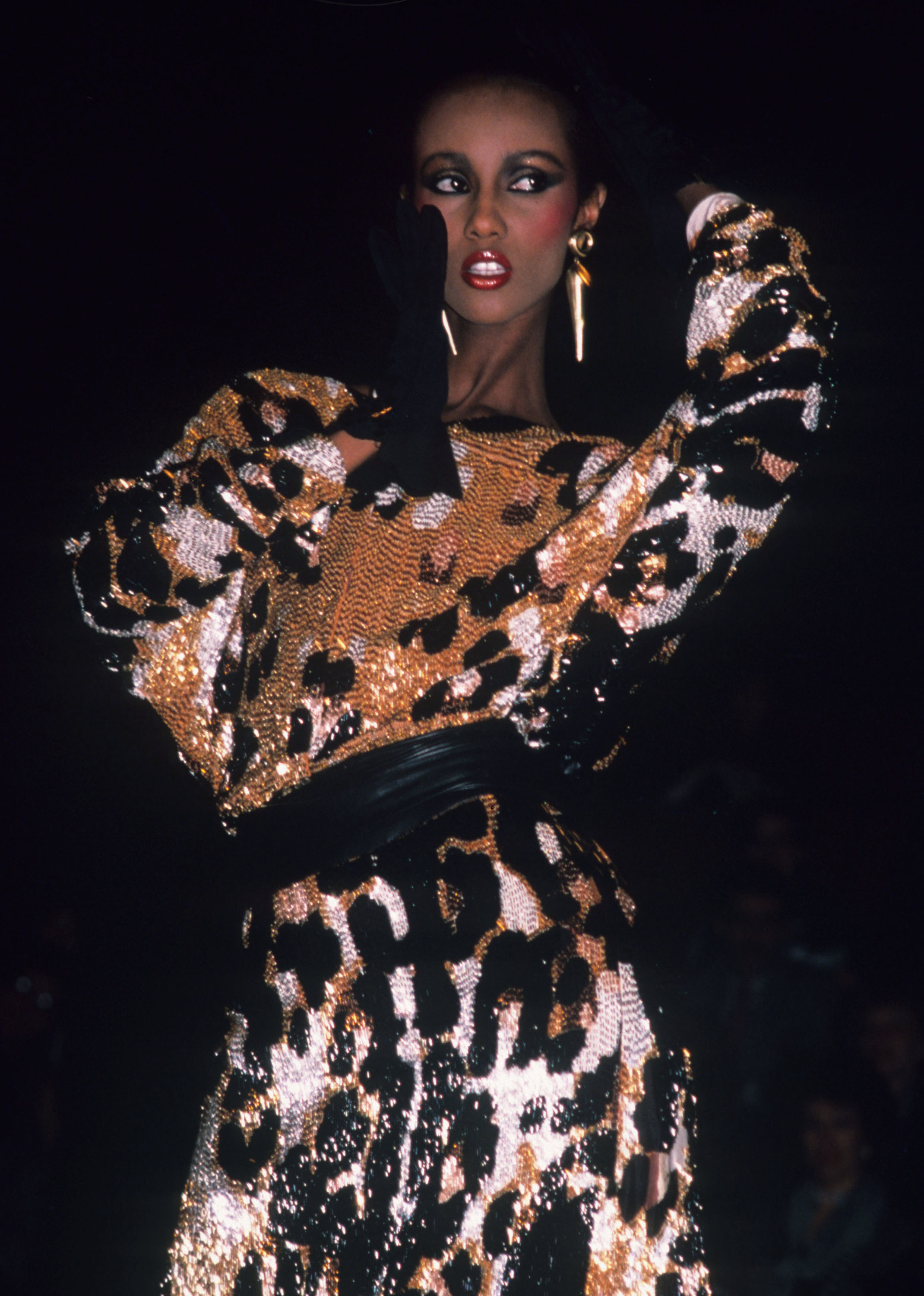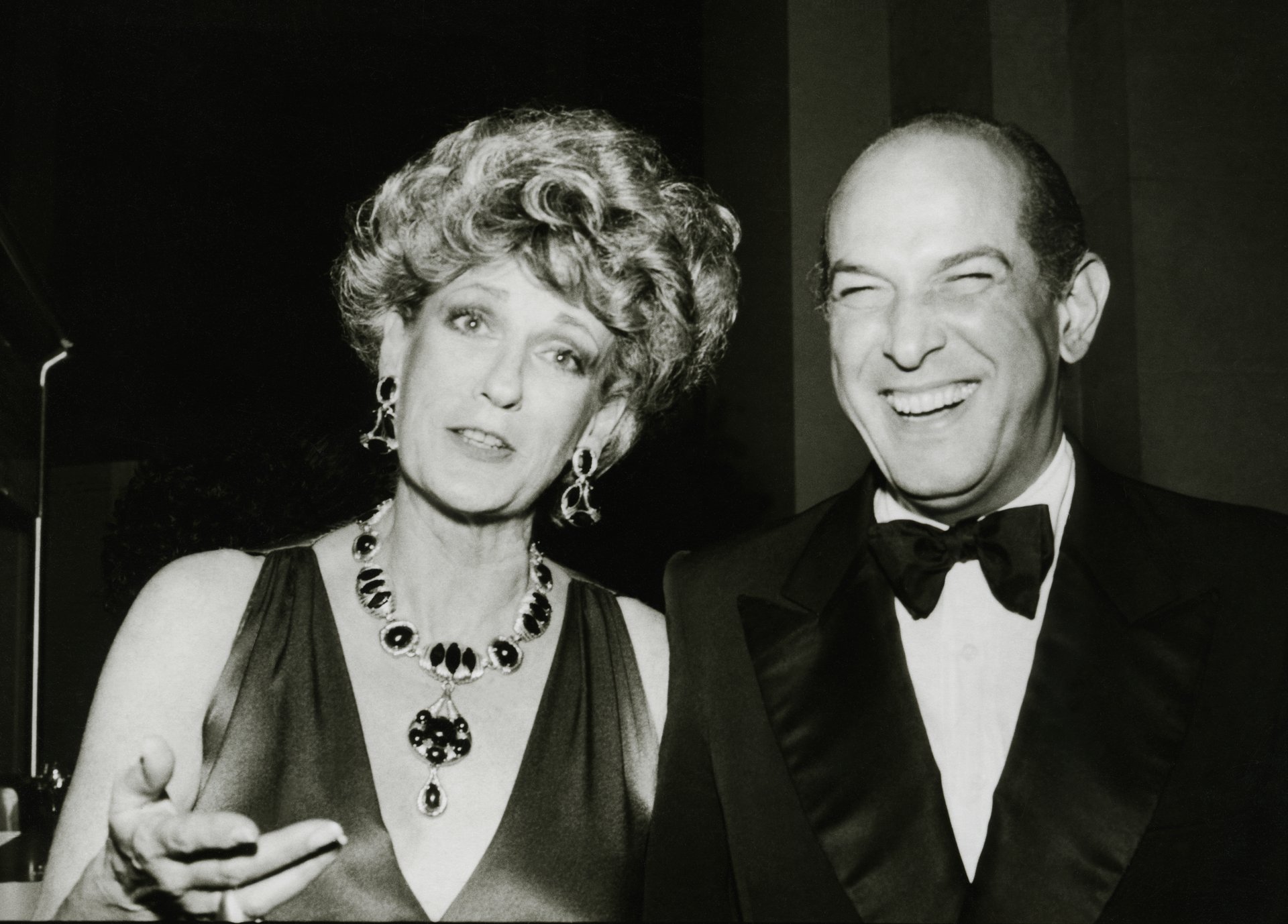CFDA AT 60
CFDA Decades: The Eighties, Extremes & Excess
May 16, 2022
Kevin Sessums


Iman at a Michael Vollbracht runway show, 1981. (Photo by Rose Hartman/WireImage)
Ivana Trump outside the Plaza Hotel in 1988. (Photo by Ari Mintz/Newsday RM via Getty Images)
Linda Evans and Joan Collins with Dynasty costume designer Nolan Miller, 1983. (Photo by Paul Harris/Getty Images)
Cher in Bob Mackie at the Oscars. (Photo by Frank Trapper/Corbis via Getty Images)

Pat Buckley and Oscar de la Renta at the Costume Institute Benefit, photographed for Italian Vogue and L’Uomo Vogue, 1980. (Photo by tobi seftel/Corbis via Getty Images)